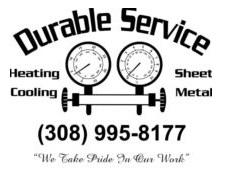Many people only call for air conditioning repair when their system totally fails. However, the reality is your air conditioner will often drop hints letting you know it’s in trouble before a complete breakdown that results in new AC installation. Noticing early problems and calling the experts at Durable Service to address issues early can help you avoid the hassle and expense of a full AC system failure. More important, it can prevent the uncomfortable feeling of having your AC fail on a hot day.
When you call us, our team of certified HVAC technicians will diagnose the issue, fix the problem and restore your comfort fast. We have a proven track record in the community and provide high-quality, affordable AC service for local homeowners.
Why hold off until your cooling system stops working? Skip all that hassle by calling 308-995-8177 today to schedule AC repair in Holdrege, NE, from Durable Service.
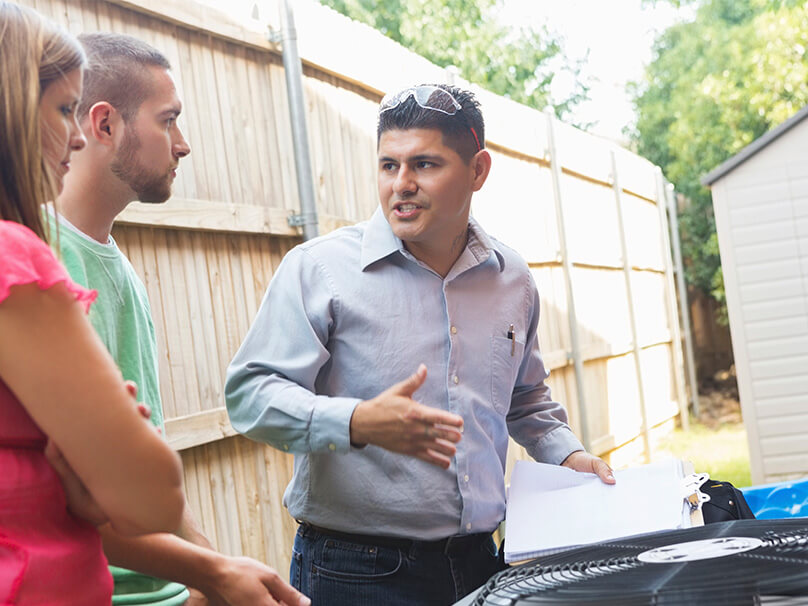
Warnings Signs You Need AC Repair
What are the signs your air conditioner is having issues? From unusual smells to a lack of cool air coming from the vents, there are many clues that your cooling system has a problem and needs evaluation or repair.
Here are some red flags that trouble may be developing and it’s time to call an HVAC technician from Durable Service:
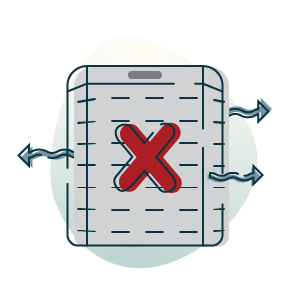
AC won’t blow cold air
If hot air is coming from your AC unit instead of cool air, or if the air isn’t as cool as it should be, it’s a good idea to call us for professional cooling service.
Air conditioning frequently turns on and off
If your AC system starts and stops instead of running consistently, it could be a warning of potential issues and should be evaluated by one of our certified HVAC technicians.
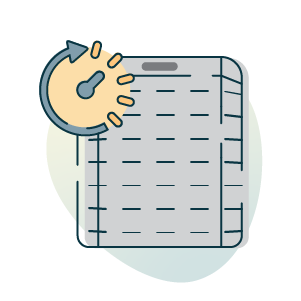
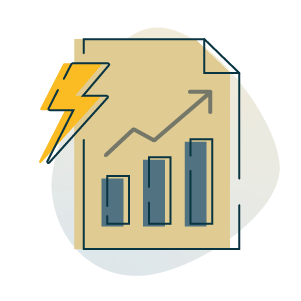
Monthly utility bills spike for no apparent reason
A sudden spike in your energy expenses can be an indicator your AC unit is losing efficiency, which means it uses more energy to maintain a comfortable indoor temperature and needs AC maintenance or repair.
Odd smells are coming from your air conditioning
Air conditioners should not stink. Weird smells coming from your air conditioning system should be checked by an expert, as they can be a symptom of trouble like mold, mildew or even electrical issues.
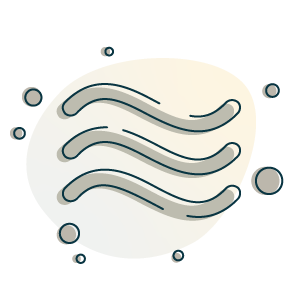
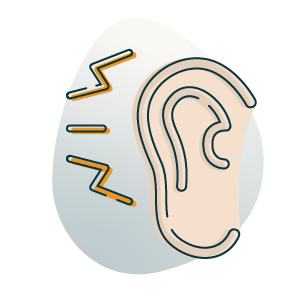
AC makes loud noises when it runs
If you hear unusual noises when your air conditioner is running — clanking, scraping or high-pitched whining, to name just a few — it’s important to call for professional HVAC service to get to the bottom of the issue.
Request Pro Air Conditioner Repair Now
When you require air conditioning service quickly, contact the HVAC repair experts at Durable Service at 308-995-8177. We’ll quickly identify the problem when your equipment won’t work or provide enough chilled air.
